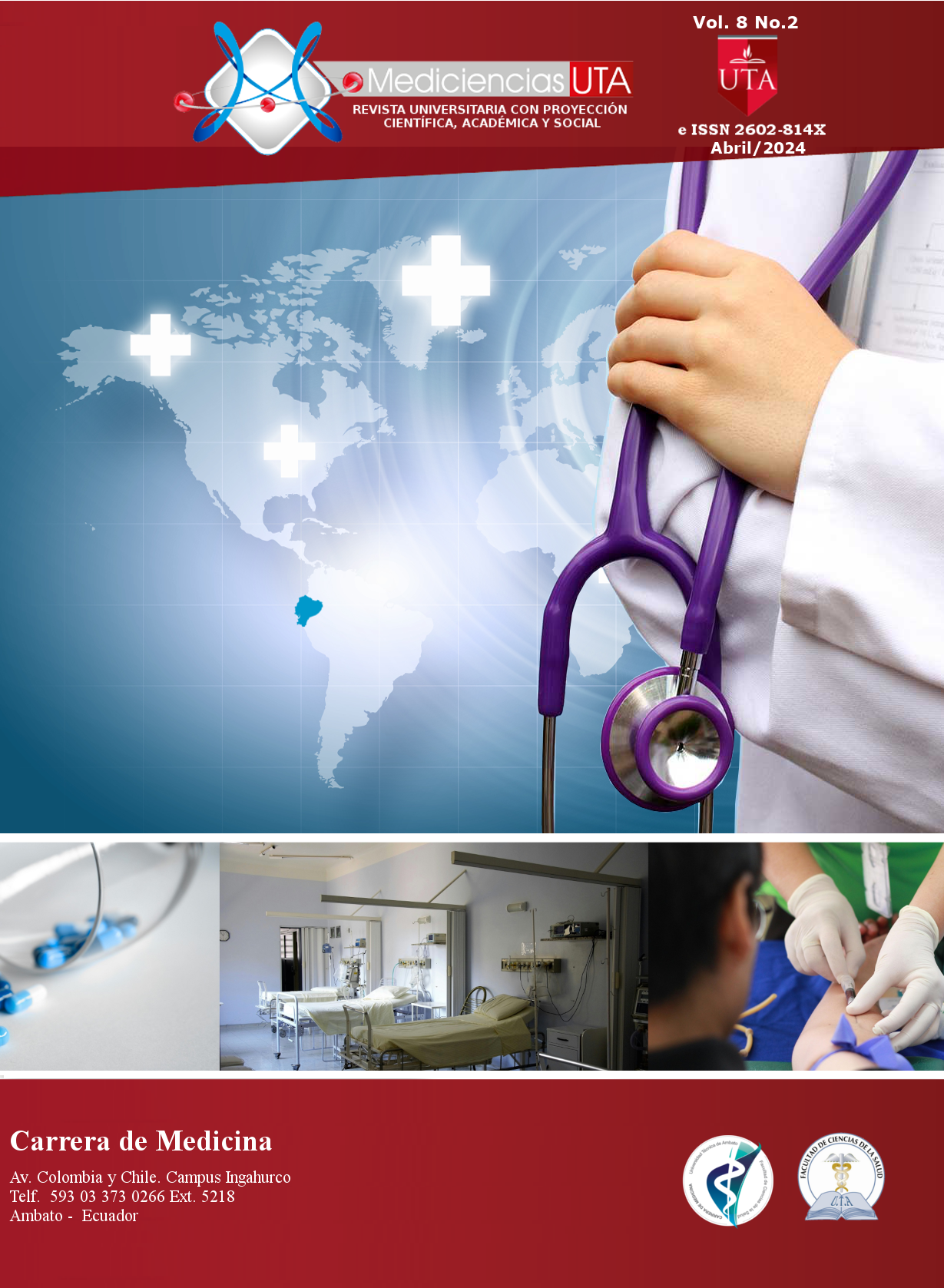Infecciones tropicales parasitarias. Una revisión sistemática
Contenido principal del artículo
Resumen
Introducción : Las infecciones tropicales, son un conjunto de enfermedades, cuya denominación se debe, por su afinidad de presentación en zonas intertropicales, además por situación geográfica, climática, medioambiental o vectores y reservorios necesarios para su ciclo evolutivo, habitando en zonas del trópico y que afectan la salud de los humanos, por cuanto, se justifica esta investigación, describiendo la situación actual de las infecciones tropicales más frecuentes, sus agentes causales, distribución geográfica y su manejo. Objetivos: Describir las infecciones tropicales más comunes, su agente etiológico y los avances de su manejo. Materiales y métodos: Se revisaron bases de datos como Latindex, LILACS, Pubmed, Mendeley, ScienceDirect, registros de la NLM, sitios web de revistas como NEJM, PMC, organizaciones como la OMS, para identificar los estudios, se utilizó el tema de investigación infecciones tropicales, en idioma inglés y español obteniendo 31 artículos que cumplieron con la inclusión, abordaron la epidemiología, etiología, diagnóstico, distribución geográfica, tratamiento y avances en el manejo de las infecciones tropicales parasitarias, recurso de búsqueda última vez 05 de abril 2024. Resultados: En Poblaciones de riesgo para enfermedad de Chagas, las pruebas inmunocromatográficas rápidas para el diagnóstico en poblaciones de riesgo demostraron ser lo suficientemente precisas como para recomendar su uso para la detección en áreas endémicas, incluso como pruebas independientes. Otros estudios epidemiológicos sugieren una asociación entre la oncocercosis con el síndrome de cabeceo y epilepsia, siendo la oncocercosis un problema grave en las zonas tropicales, considerado como un factor asociado a enfermedades neurológicas. Respecto a la prevalencia global de la fascioliasis humana, en América del Sur, África y Asia fue del 9,0%, 4,8% y 2,0%, respectivamente, encontrándose el porcentaje más alto en Bolivia (21%), seguido de Perú (11%) y Egipto (6%). Conclusiones: En general, la patología tropical, incluye infecciones parasitarias de diagnóstico epidemiológico con sospecha clínica, cuya certeza depende del estudio del agente mediante uso de anticuerpos, pruebas como reacción de cadena de polimerasa y examen microbiológico. Existe tratamiento preventivo principalmente en las patologías más frecuentes en todo el mundo como la malaria, con el uso de los mosquiteros insecticidas de larga duración con butóxido de piperonilo, disminuyendo la incidencia de Plasmodium vivax y Plasmodium falciparum, así como también el tratamiento curativo con primaquina oral de corta duración, en dosis de 7 mg /kg, durante 7 días consecutivos. Dentro las infecciones más frecuentes en America tropical, se destaca la leishmaniasis cuyo tratamiento intralesional con Antimoniato de meglumina resulta alentador con mejor reepitelizacion y menos efectos adversos.
Descargas
Detalles del artículo

Esta obra está bajo una licencia internacional Creative Commons Atribución-NoComercial-CompartirIgual 4.0.



